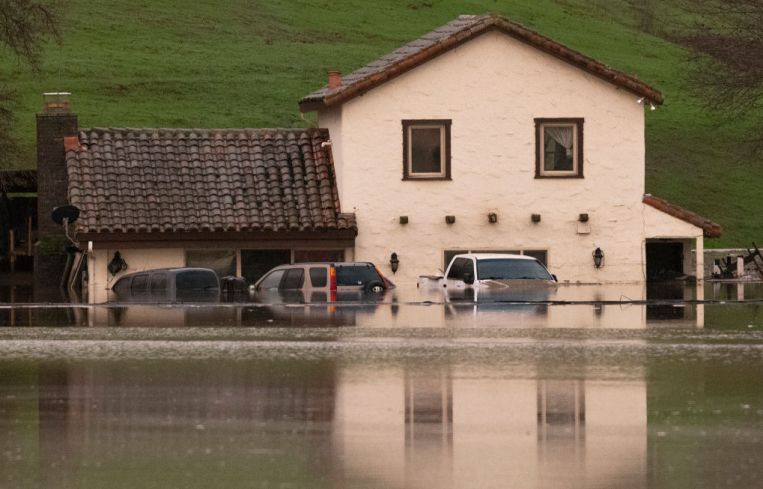To Avoid ‘Climate Time Bomb’ We Need Immediate Emissions Cuts: Report
Climate scientists move up 2050 net-zero targets in new IPCC report
By Chava Gourarie March 21, 2023 7:00 am
reprints
In the final installment of the International Panel on Climate Change (IPCC)’s sixth assessment report released Monday, the global group of scientists tasked with synthesizing all climate research repeated much of what has already been said about the threat of global warming—but with more certainty and urgency.
The world has so far warmed 1.1 degrees Celsius above pre-industrial times, and is on track to exceed 2 degrees of warming, blowing through the limits of what climate experts say our planet can currently support, irrevocably changing climate systems and rendering large swaths of the Earth uninhabitable. “There is a rapidly closing window of opportunity to secure a livable and sustainable future for all,” the report warns.
It is highly likely that we will exceed the 1.5 degree threshold — the official goal of the United Nations — by the early 2030s. The only way to avoid exceeding that limit is if global emissions peak in the “next two years,” per the report, which would require a virtually miraculous and immediate shift in focus, along with global consensus, political will and financial investment.
“The 1.5 degree target is feasible, but it will take a quantum leap in climate action,” the U.N. Secretary-General António Guterres said in a video statement accompanying the report.
To stay below 2 degrees, developed countries must immediately end all international public and private funding of coal, get to net-zero electricity generation by 2035, and move up their overall net-zero commitments from 2050 to “as close to 2040 as possible,” among other drastic measures, Guterres urged in the message. “In short, our world needs climate action on all fronts — everything, everywhere, all at once,” he said.
The report released Monday is the synthesis of all the previous IPCC reports of this cycle, its sixth thus far. Since the 1990s, the U.N. committee has been collecting all scientific research on climate change, policy and action, and produces a series of assessment reports every five years or so.
“It’s a continuation of the goalposts moving towards us in terms of needing to hit deeper decarbonization targets faster than we initially thought,” said Billy Grayson, an executive at Urban Land Institute. “When countries came together in Paris [in 2015], it seemed like it was pretty comfortable to be able to get to net zero by 2050, and hit the 1.5 degree pathway. Based on [this] most recent report, it looks like we’re going to have to make deeper cuts in carbon faster, and in the developed world probably hit net zero closer to 2040 versus 2050.”
The report points to the ways in which a warming planet has already affected climate systems, migration (even within North America) and food production, all of which will only get worse with each increment of warming, and all of which are generally worse in areas that have contributed the least to climate change.
For commercial real estate, or the “building industry” as the IPCC calls it, these “rapid, deep and immediate” measures will require the electrification and retrofitting of buildings, using more sustainable materials, and flexibility on land use.
“I would start with energy efficiency, because it is the cheapest and quickest way to make a major dent in energy consumption and greenhouse gas emissions for the commercial real estate industry,” Grayson said.
“Almost every building everywhere can invest in energy efficiency, in a way that has a positive return on investment, sometimes an exceptionally positive return on investment.”
It’s also the most direct intervention in an owner’s control, as opposed to electrification, building a renewable grid, and overall decarbonisation, all of which will be necessary to truly achieve net zero for buildings, Grayson said.
While the report doesn’t list specific interventions for the building industry, it’s included with a broad list of measures for cities and urban areas to focus on. Those measures include increasing density, co-locating homes and jobs, supporting transport and active mobility (walking and cycling), “the efficient design, construction, retrofit, and use of buildings,” and electrification in combination with low-emission sources.
The report highlights the tools already at our disposal to transition to a sustainable future. It’s just a question of how long we take to implement them—and what the consequences will be if we wait.
Chava Gourarie can be reached at cgourarie@commercialobserver.com.


